Pick pollinator plants in every color! Grow a rainbow garden full of biodiversity for your favorite nectar-seekers.
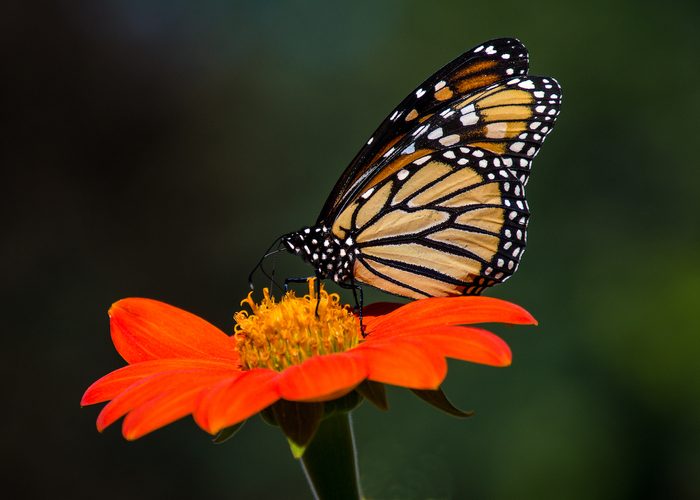
Grow a Rainbow Garden With Pollinator Plants

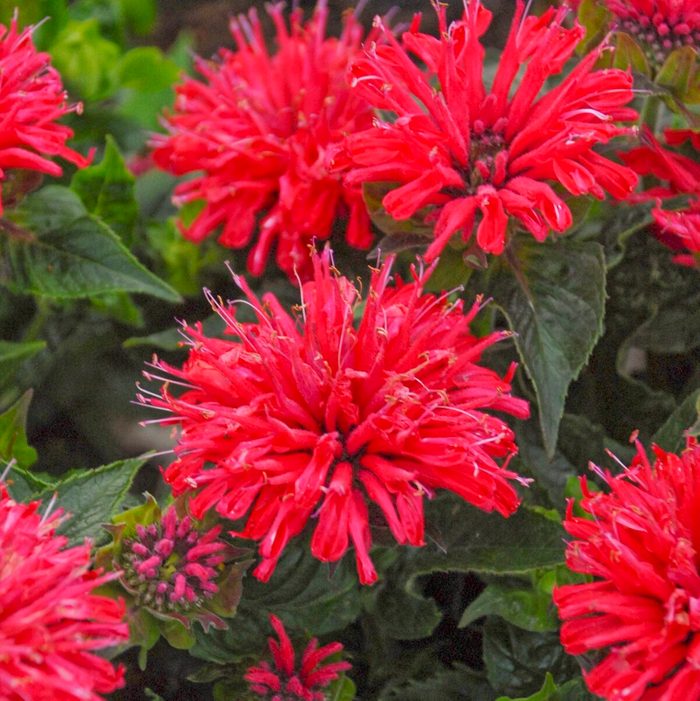
Red Flowers
Any rainbow garden needs to start with the color red. Hummingbirds find salvias and eastern columbines irresistible, and butterflies swarm to red bee balm. Bees can barely see red, but they still visit some red flowers.
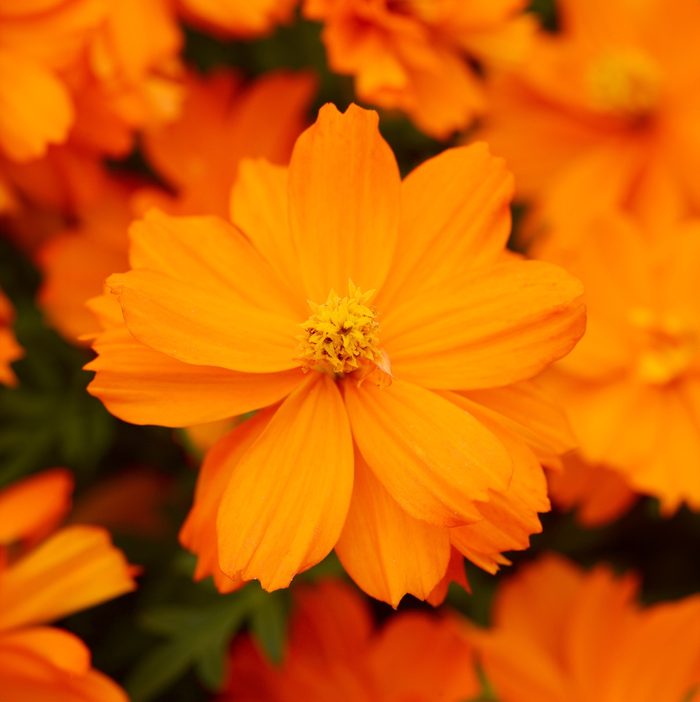
Orange Flowers
Plant orange butterfly weed as a nectar source and host for monarch butterflies. Bees and butterflies adore perennial helenium and annual tithonia and cosmos.
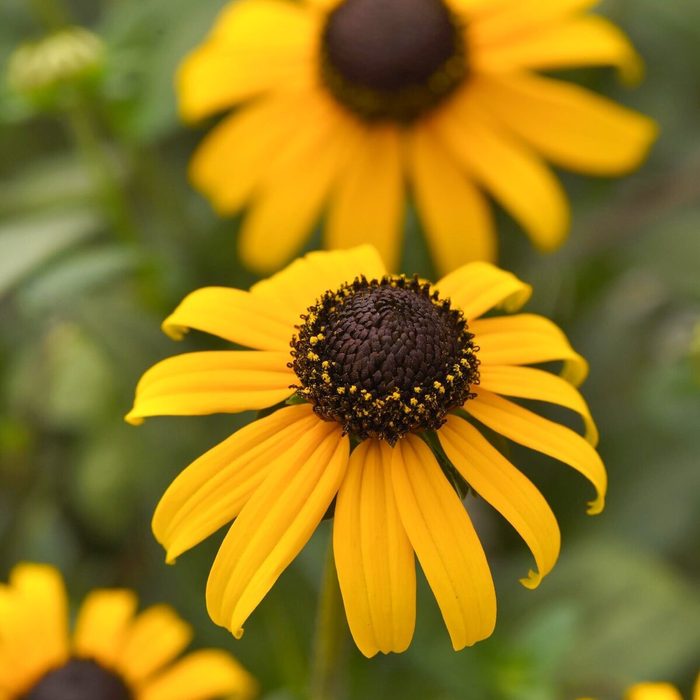
Yellow Flowers
Goldfinches, pine siskins and many insects like gold and yellow tones. Bees and butterflies are drawn to brassica flowers, coreopsis, achillea and rudbeckia.
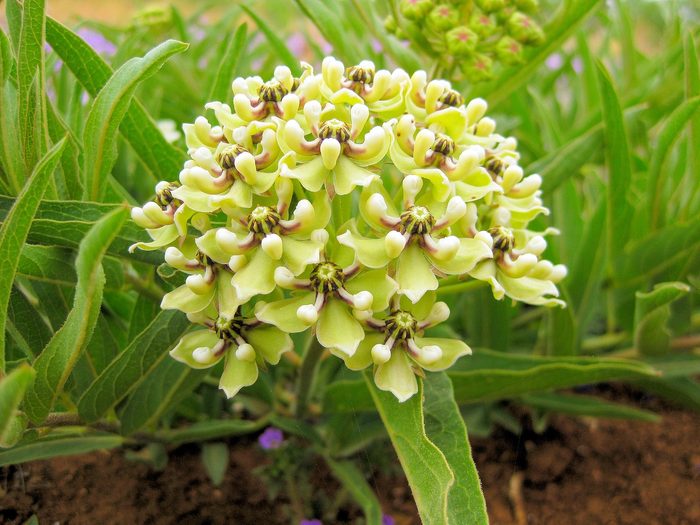
Green Flowers
Don’t forget about green in your rainbow garden. Green blooms often support smaller insects like flies, beetles and ants. Amaranthus attracts bees, butterflies and moths, while green milkweed hosts monarchs.
Psst—you can even add green roses to your garden (really!)
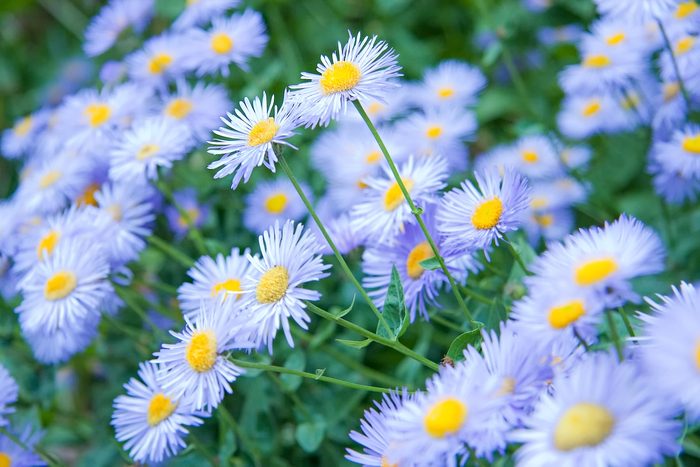
Blue Flowers
Bees see blues and violets the best, says National Wildlife Federation expert Mary Phillips. For blue flowers in your yard, try agastache, aster, basil and rosemary.
“A wide rainbow of beautiful native plant blooms is a great way to think about adding plant diversity to your plant palette, says Mary. She recommends including blooms in three seasons to provide food sources for migratory species.
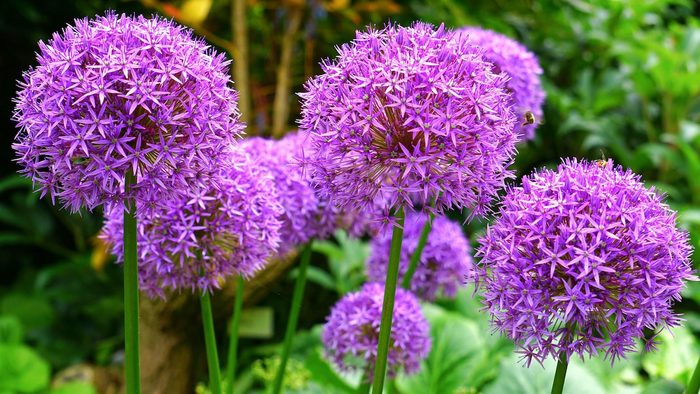
Purple Flowers
To attract multiple kinds of bees and butterflies to your rainbow garden, grow a mix of purple flowers in varied shapes such as allium, edible chives, coneflower, agastache and aster.
Check out the top 10 bushes with pretty purple flowers.

Invisible Guides for Pollinators
Plants and pollinators have coevolved in the use of visual cues, says Mary, like the blue flag iris, which has “runway markings” on the petals that lead pollinators to nectar. Bees also detect ultraviolet light, so some flowers such as sunflower and rudbeckia have nectar guides that are visible to bees but not humans.
About the Expert
Mary Phillips is head of native plant habitat strategy/certifications at the National Wildlife Federation. As an ambassador for nature, she keeps habitat gardening programs flourishing with sustainable practices and ever-evolving scientific knowledge.




















